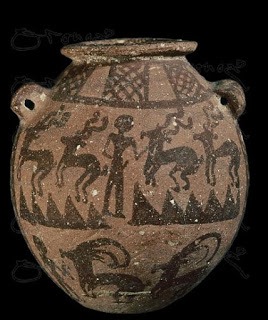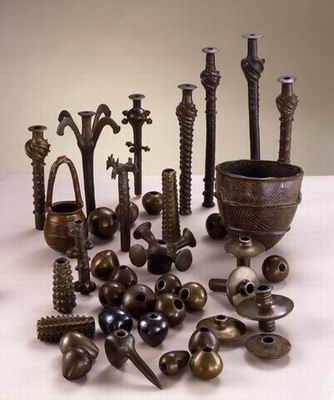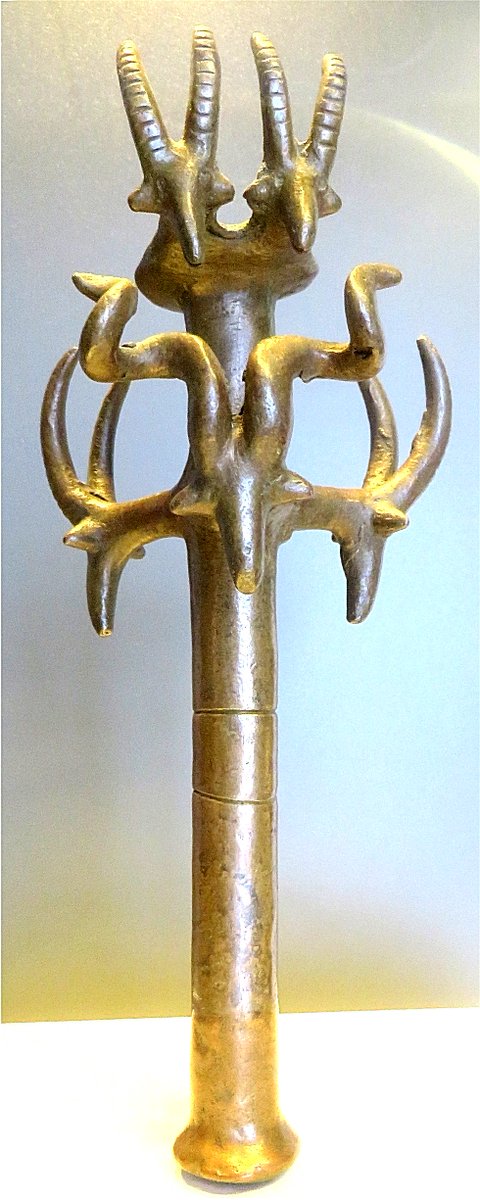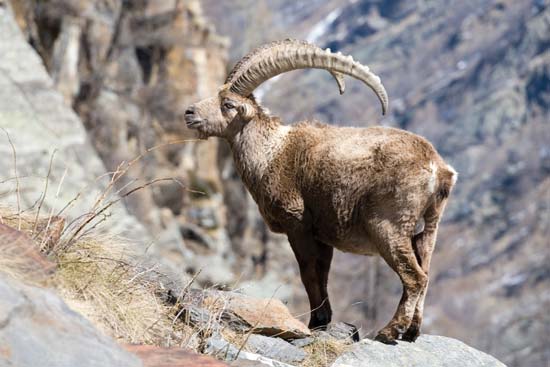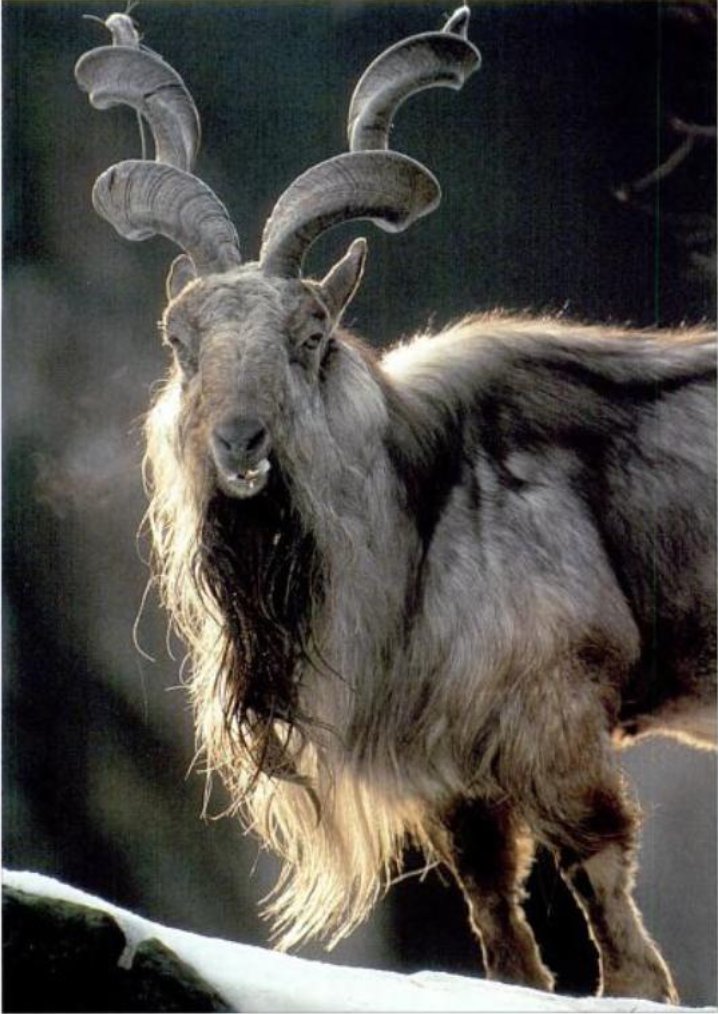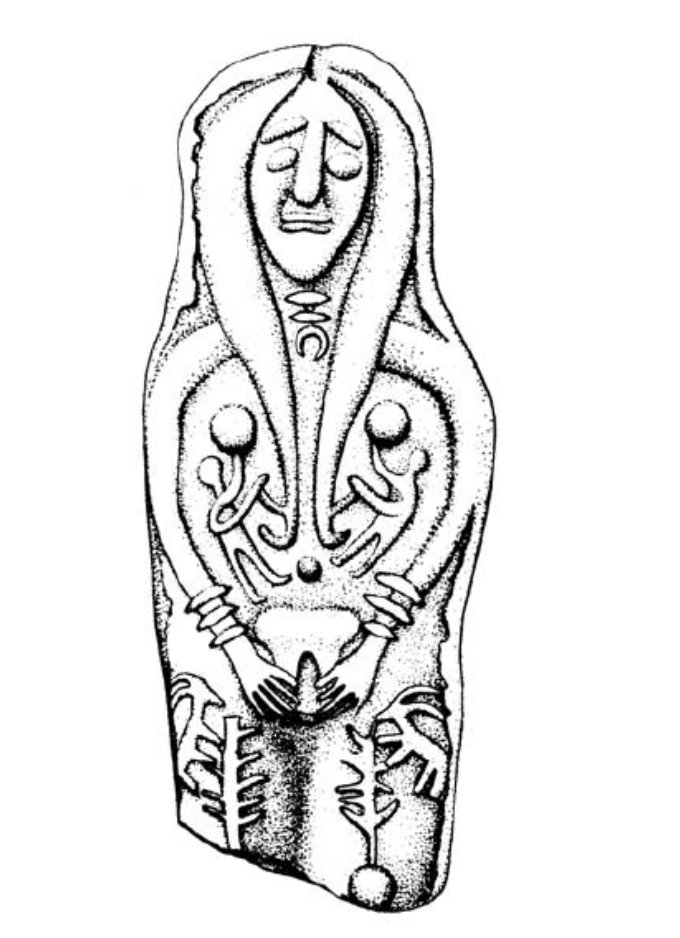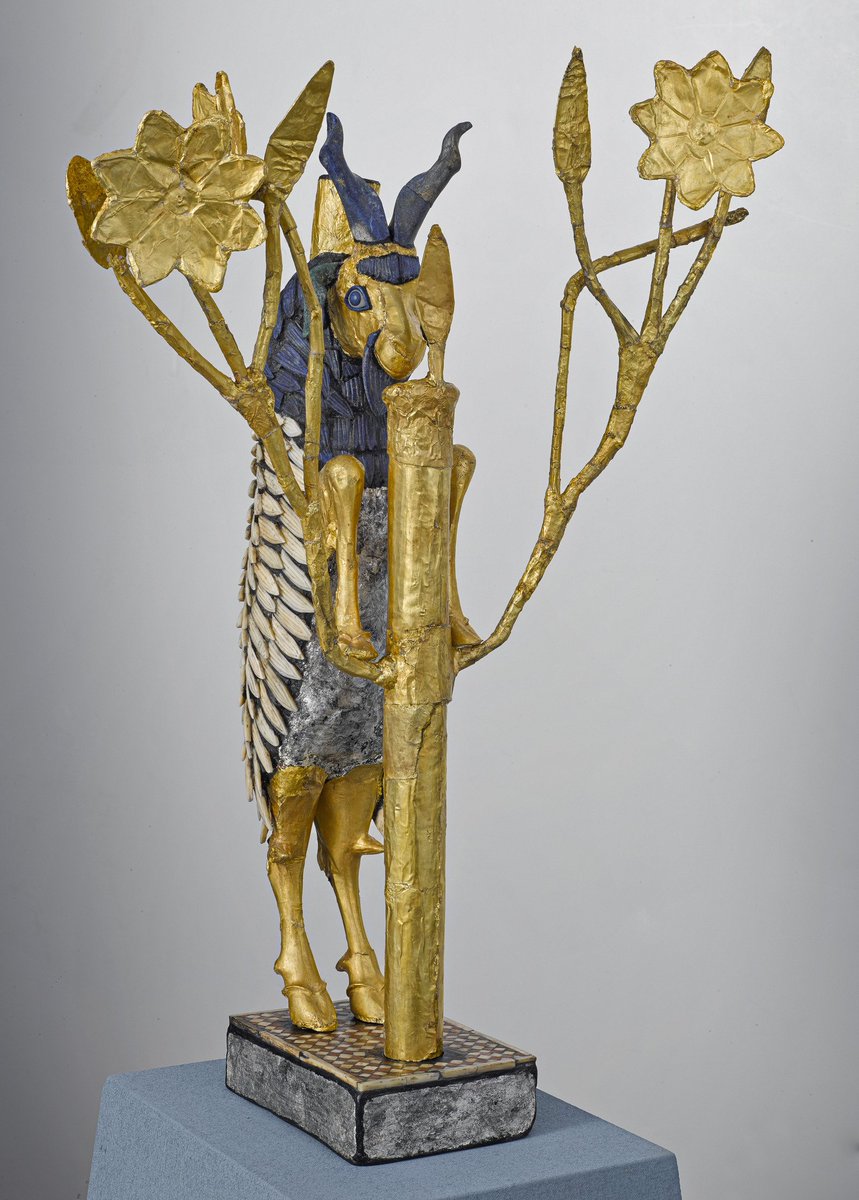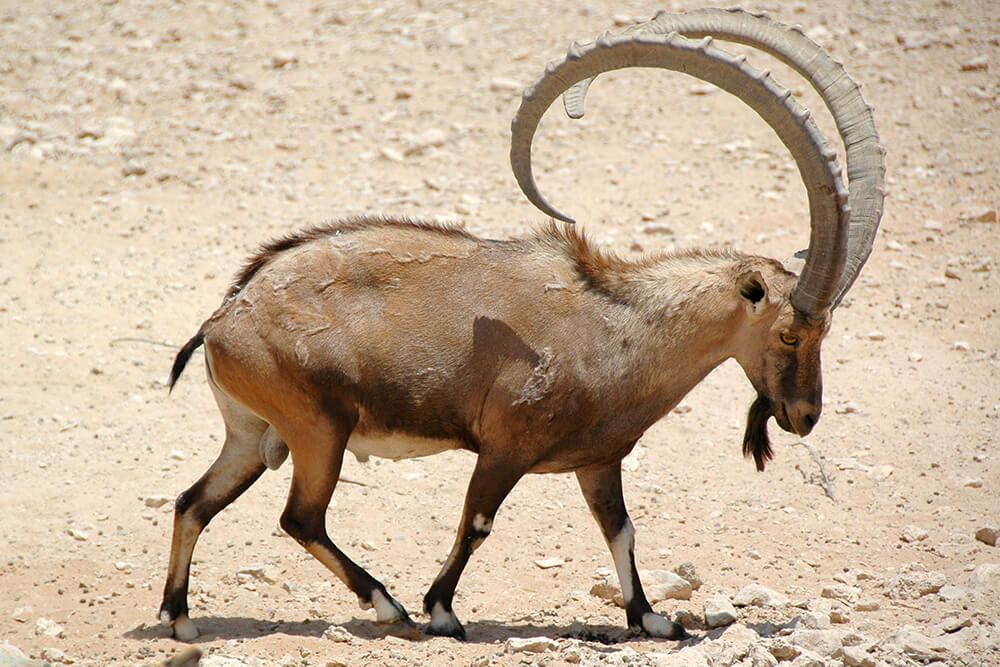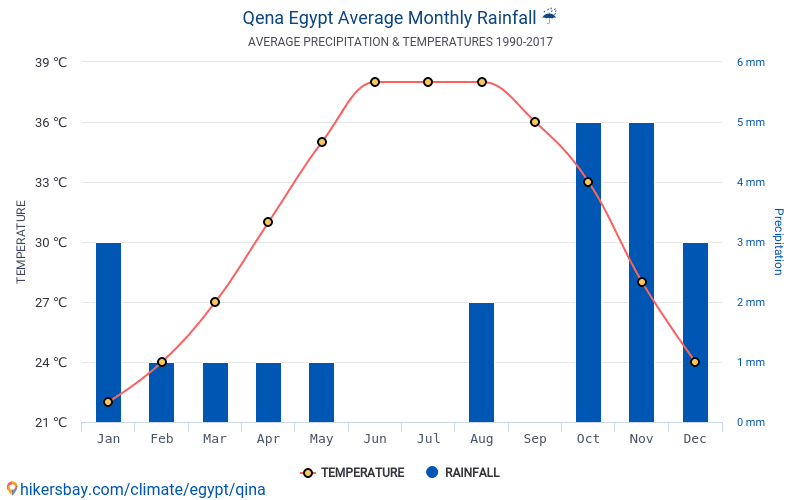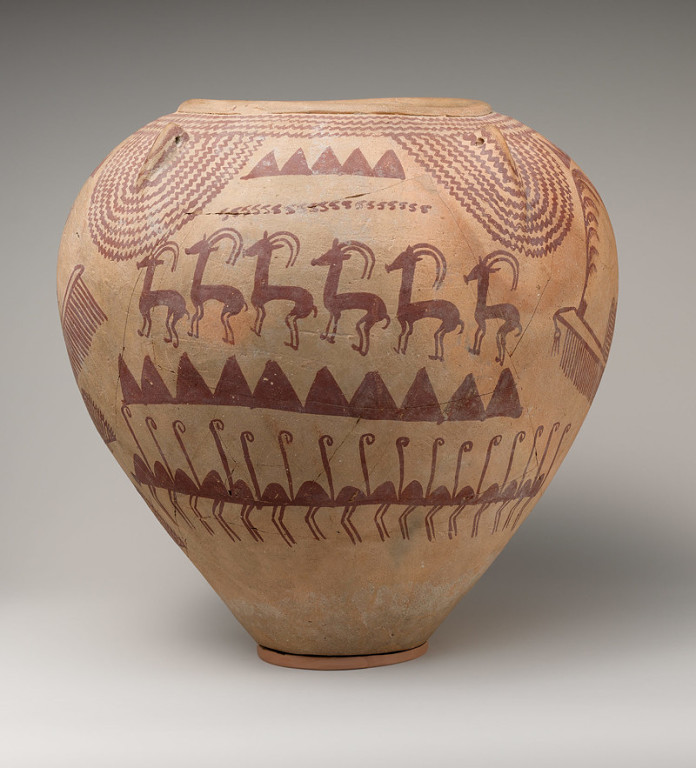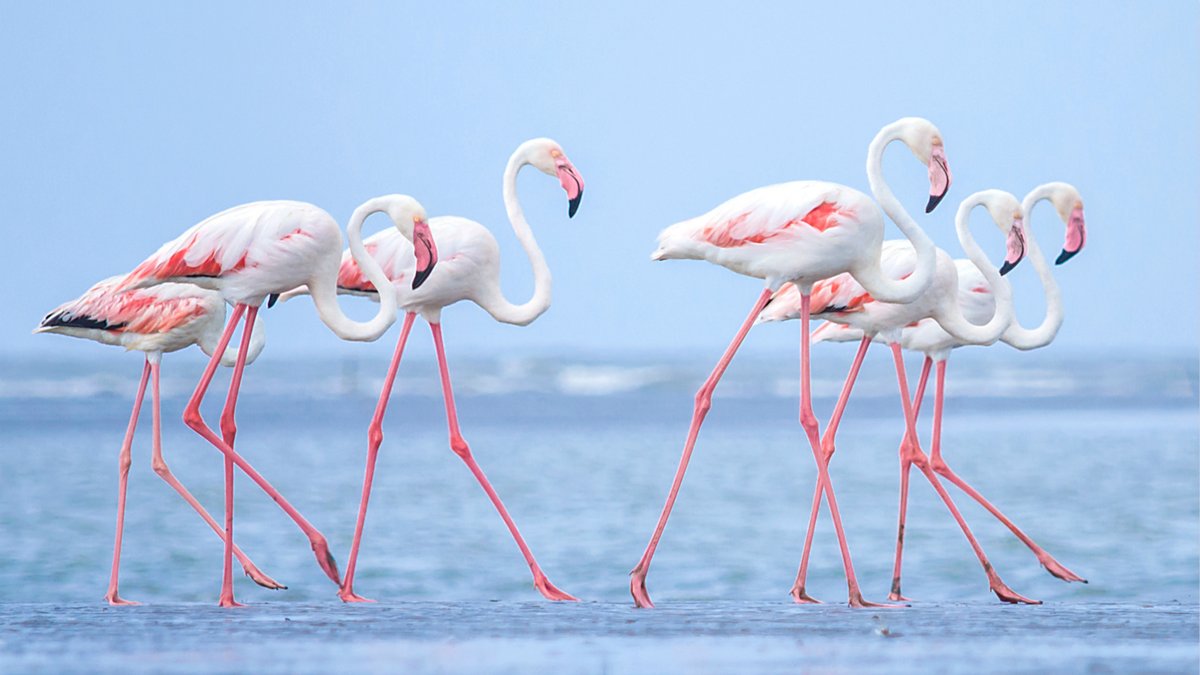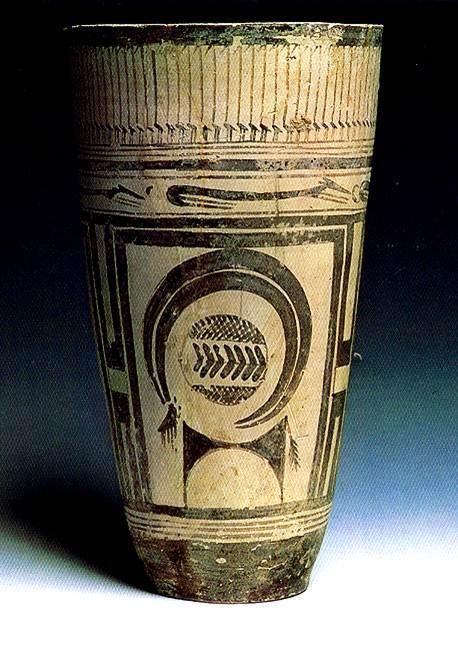Thread: Ceramic vase - Naqada II, Egyptian Predynastic period 3500 BC. Dim 8,5x7,6 cm. Currently in: Museo Arqueologico Nacional, Madrid, Spain...
Officially depicts a hunting scene...
Officially depicts a hunting scene...
Have you seen this article? About the treasure throve of bronze objects found at Nahal Mishmar in Israel and dated 4000-3500 BC.
https://oldeuropeanculture.blogspot.com/.../nahal-mishmar...
https://oldeuropeanculture.blogspot.com/.../nahal-mishmar...
It is topped with the 4 small heads of Ibex goats (Left) surrounding the big central head of a Markhor goat (Right)
Now Ibex goats are found in Levant. And there they are a symbol of the rainy season, which starts when ibex goats start to mate, in November...Like on this depiction of the mother goddess from Revadim...
The problem is that Markhor goats don't live in Levant. They live in Central Asia, Iran, Iraq, Pakistan...Where they are a symbol of the rainy season, interchangeable with Ibex goat. Because both of their mating seasons start in Nov, when rains arrive...
http://oldeuropeanculture.blogspot.com/2020/06/a-goat-in-tree.html
http://oldeuropeanculture.blogspot.com/2020/06/a-goat-in-tree.html
So while researching Nahal Mishmar hoard, I proposed that the it must have been made by someone from that part of the world, Central Asia, Iran, Iraq, Pakistan. Cause only they could have seen Markhor goats and had it associated with Ibex goats as a symbol...
It turned out Nahal Mishmar treasure is believed to be made by immigrants from Iran. Because of genetics of the people who made the treasure...And the similarities of artifacts from both areas...
Now the makers of the Nahal Mishmar treasure were expelled by the locals...Those the locals couldn't kill. I thought they went back north to Iran. But what if they went the other way...Down south...To Egypt...
Who else could have made a vase with Markhor goats and Ibexes prancing around the mountains?
By the way, Ibex goats live in Egypt. It is the subspecies known as Nubian Ibex. And Nubian Ibex mating season is from October to December...
By the way, Ibex goats live in Egypt. It is the subspecies known as Nubian Ibex. And Nubian Ibex mating season is from October to December...
So I think that Ibex was depicted on the above vase for a reason. It is another example of Ibex goat being used as a calendar marker that means: rains arrive when Ibex goats start to mate...
Just like in Levant, Mesopotamia, Arabia, Central Asia, Iran...Amazing...
Just like in Levant, Mesopotamia, Arabia, Central Asia, Iran...Amazing...
So I think that the guy with huge erection standing in the middle of mating Ibex and Bezoar goats is not a hunter. I mean he is unarmed which is usually a dead giveaway for "not a hunter". He is most likely a fertility symbol, fertility god, possibly rain god...
By the way this vase is not an exception. Ibex goats are found all over predynastic artefacts. Here is another vase from Naqada II period. Dated to 3500BC.
It depicts Ibex goats...And Flamingos. Why flamingos? Because breeding season of Greater Flamingo, the subspecies found in Egypt, is "Erratic, depending on the rains, but mainly November-February"...Ha!
In its center is a huge Ibex. Its horns surround what looks like a furrow with a plant, most likely grain. Rains make plants grow. And they start falling when Ibexes start mating...It is also "after the first rains" that fields are ploughed and grain is sown...Important!!!

 Read on Twitter
Read on Twitter